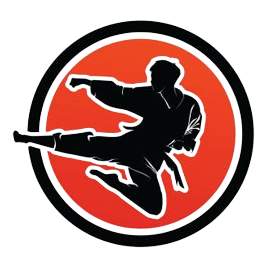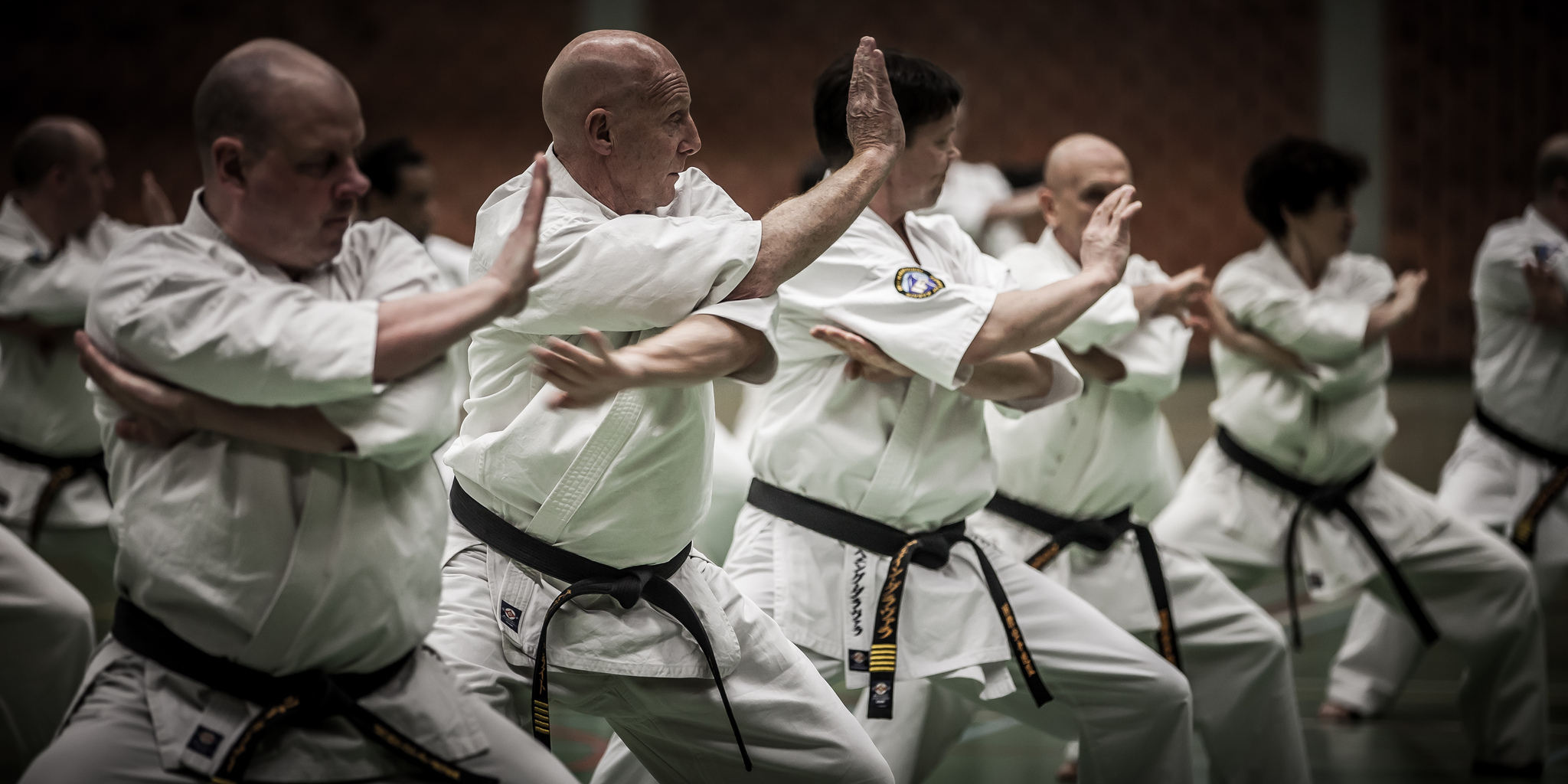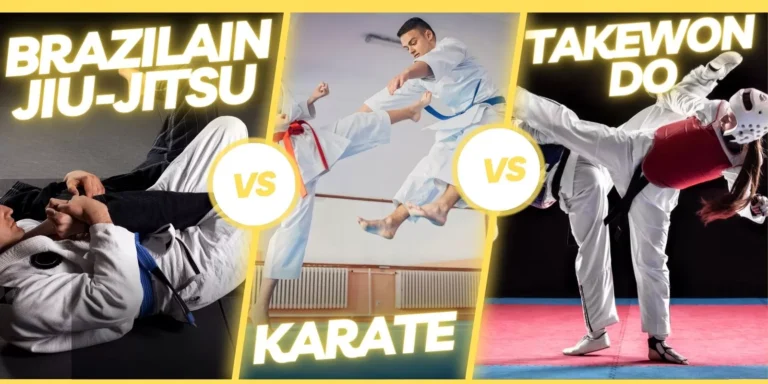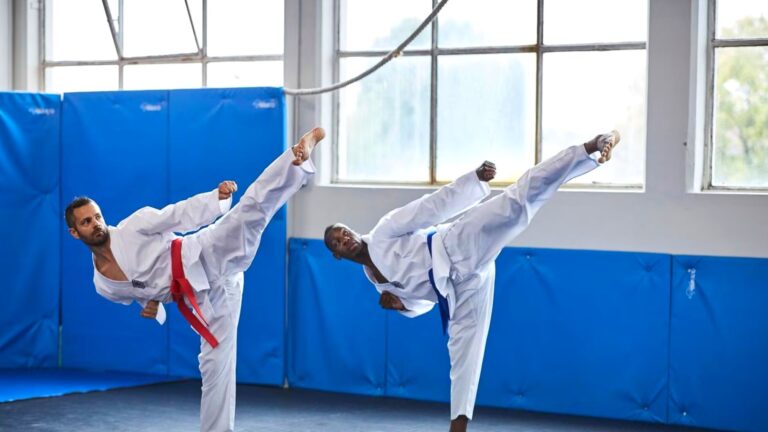Rediscovering Old-School Karate: The Power and Tradition of Kyokushin
In the world of martial arts, few styles carry the legacy and intensity of Kyokushin Karate. Founded by the legendary Masutatsu Oyama in the mid-20th century, Kyokushin, which means “the ultimate truth,” is renowned for its rigorous training, powerful techniques, and emphasis on full-contact sparring. This old-school approach to Karate harks back to a time when martial arts were as much about developing the spirit as they were about mastering physical techniques.
The Origins of Kyokushin Karate
Kyokushin Karate was developed by Masutatsu Oyama, a martial artist of Korean descent who dedicated his life to perfecting his art. Oyama trained in various martial arts, including Shotokan Karate, Goju-Ryu Karate, and boxing, before synthesizing his knowledge into what would become Kyokushin Karate. His vision was to create a martial art that emphasized realistic fighting scenarios and tested the limits of human endurance.
Core Principles of Kyokushin
Kyokushin Karate is built on several key principles that distinguish it from other styles:
- Full-Contact Sparring: Kyokushin is known for its intense, full-contact sparring sessions. Practitioners engage in bare-knuckle fighting, focusing on powerful strikes and conditioning the body to withstand impacts.
- Physical Conditioning: Rigorous physical conditioning is a hallmark of Kyokushin training. Practitioners perform extensive drills, strength training, and endurance exercises to build their bodies and minds.
- Mental Toughness: The training in Kyokushin is designed to develop an indomitable spirit. Practitioners are taught to push through physical pain and mental barriers, embodying the principle of never giving up.
- Traditional Techniques: Despite its modern approach to sparring, Kyokushin retains traditional Karate techniques and forms (katas). This blend of old and new creates a comprehensive martial art.
Key Techniques and Training Methods
Kyokushin Karate emphasizes a range of techniques and training methods to develop a well-rounded martial artist:
- Strikes: Powerful strikes are the cornerstone of Kyokushin. Techniques include punches (tsuki), kicks (geri), elbow strikes (empi), and knee strikes (hiza). The emphasis is on delivering these strikes with maximum power and precision.
- Kata: Katas are choreographed patterns of movements that teach practitioners proper technique, balance, and rhythm. Each kata has its own applications and is practiced repeatedly to engrain muscle memory.
- Kihon: Basic techniques, or kihon, are drilled extensively to build a strong foundation. This includes practicing stances, strikes, and blocks in a repetitive manner to achieve perfection.
- Sparring (Kumite): Full-contact sparring, or kumite, is a critical component of Kyokushin training. Practitioners engage in realistic fighting scenarios, testing their skills and resilience against opponents.
- Tameshiwari: Breaking techniques, known as tameshiwari, are used to test a practitioner’s power and focus. This includes breaking boards, bricks, and other materials using various strikes.
The Benefits of Kyokushin Karate
Training in Kyokushin Karate offers a multitude of benefits that go beyond physical fitness:
- Enhanced Physical Fitness: Kyokushin’s rigorous training regimen improves strength, flexibility, endurance, and overall physical health.
- Mental Fortitude: The demanding nature of Kyokushin training builds mental toughness, resilience, and the ability to remain calm under pressure.
- Self-Defense Skills: The practical techniques and full-contact sparring prepare practitioners for real-world self-defense situations.
- Discipline and Respect: Kyokushin instills a strong sense of discipline, respect for others, and adherence to traditional martial arts values.
- Community and Camaraderie: Training in Kyokushin fosters a sense of community and camaraderie among practitioners, as they support each other through challenging training sessions.
Embracing the Kyokushin Spirit
Kyokushin Karate is more than just a martial art; it’s a way of life. Practitioners are encouraged to embody the spirit of Kyokushin both inside and outside the dojo. This means living with integrity, striving for continuous improvement, and showing respect to others. The rigorous training and the pursuit of “the ultimate truth” forge a strong character and a resilient spirit.
Conclusion
Rediscovering the old-school power and tradition of Kyokushin Karate is an enriching journey that challenges both the body and mind. Whether you’re a seasoned martial artist or a beginner looking for a transformative experience, Kyokushin offers a path of intense physical conditioning, mental fortitude, and deep respect for martial arts traditions.
As you embark on this journey, remember that Kyokushin is not just about mastering techniques; it’s about pushing your limits, overcoming obstacles, and finding the ultimate truth within yourself. So step into the dojo, embrace the challenge, and discover the profound impact that Kyokushin Karate can have on your life. Osu!



